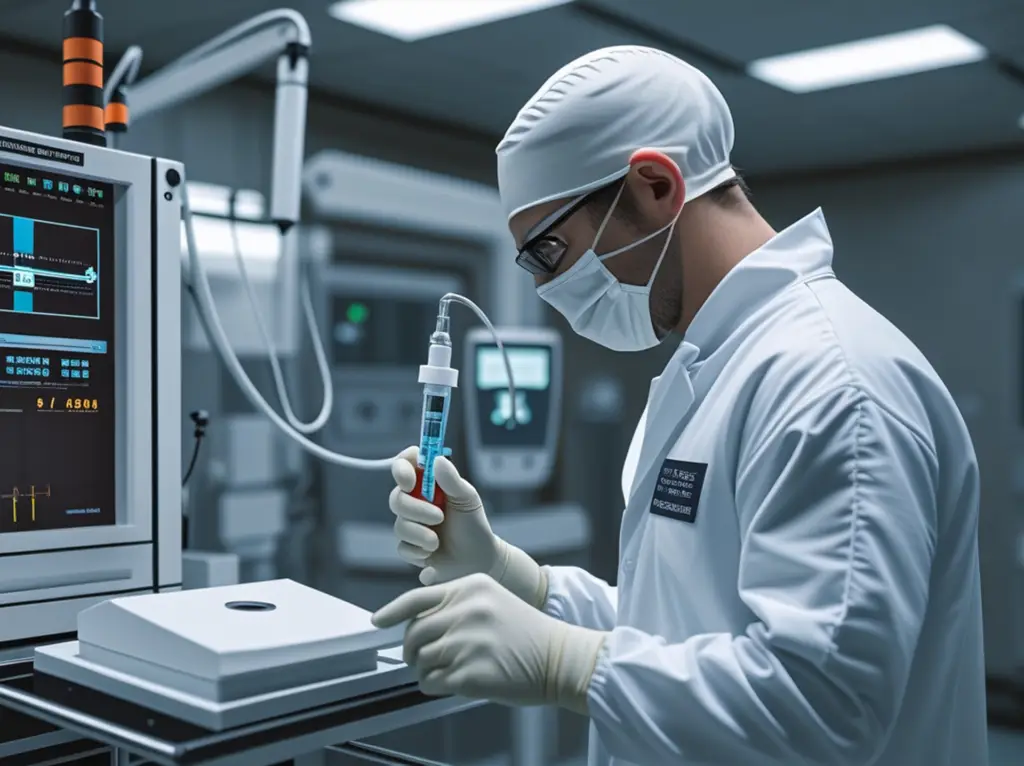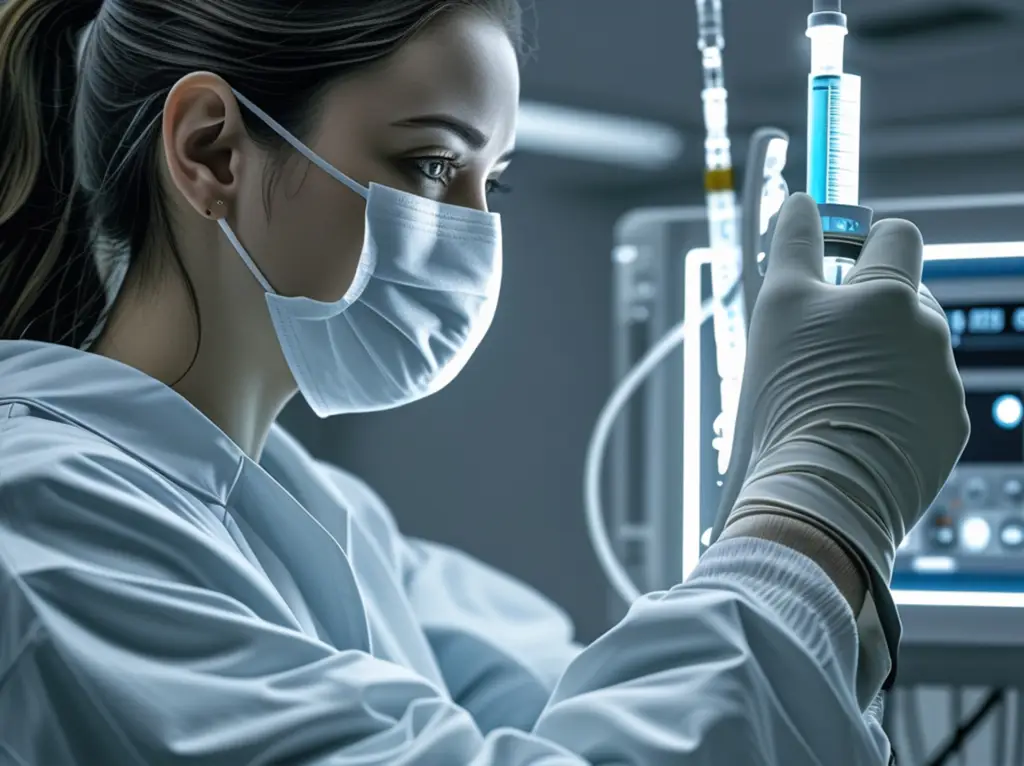Medical testing is changing fast. Thanks to new technologies, tests are becoming faster, more accurate, and more accessible than ever before. From lab tools to digital platforms, technology is reshaping how we understand health and disease.
One of the biggest changes is speed. Modern testing platforms can now process results in hours, sometimes even minutes. Automation and smart software reduce manual steps and help labs handle higher volumes without losing quality.
This speed matters. Faster testing means quicker decisions for patients, doctors, and researchers. It improves care and saves time in critical situations.
More Accurate Data Through Innovation
Technology also makes testing more precise. New machines can detect smaller signals and isolate more complex data. AI-powered tools can identify patterns that would take a human much longer to recognize.
With better data, healthcare providers can make more informed decisions. This leads to improved outcomes and better use of resources.


Testing no longer has to happen only in a lab. Many tests can now be done at home with digital support. Remote testing kits, paired with secure apps or web platforms, allow patients to submit samples and receive results from anywhere.
This shift increases access, especially in underserved or remote areas. It also helps reduce pressure on clinics and testing centers.
With newer tools, testing is becoming less invasive. Saliva-based tests, finger-prick blood samples, and even breath analysis are replacing older, more uncomfortable methods. Patients benefit from a smoother experience, and labs get reliable samples with less effort.
What It Means for the Future
As medical testing continues to evolve, we can expect even more innovation. Wearables, biosensors, and AI will all play a role in monitoring health in real time. The goal is clear: make testing faster, easier, and more personalized.

